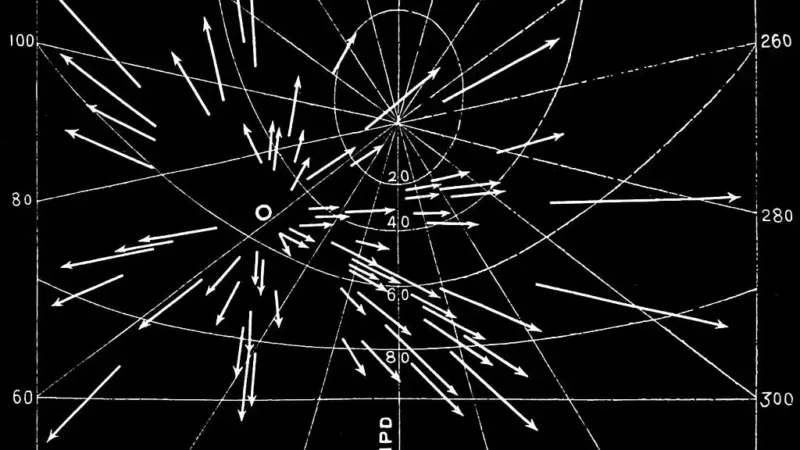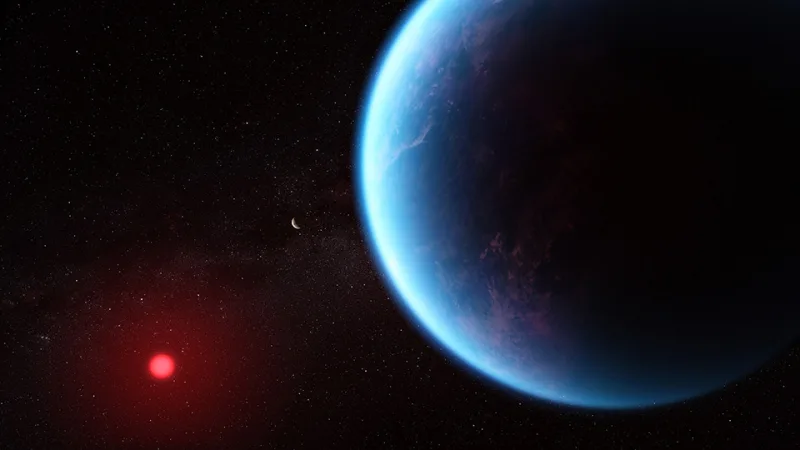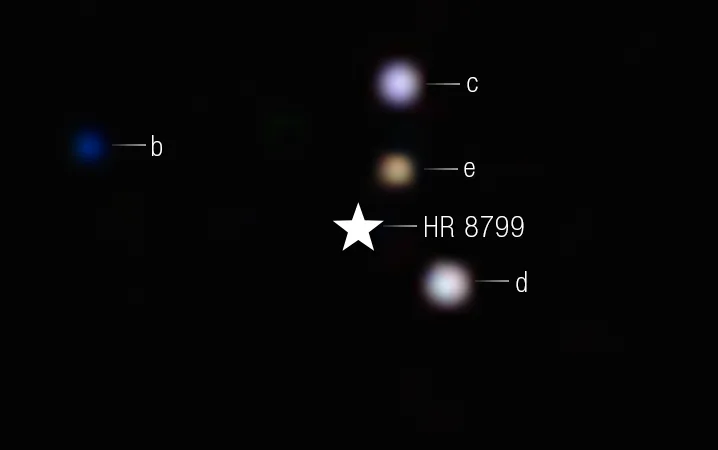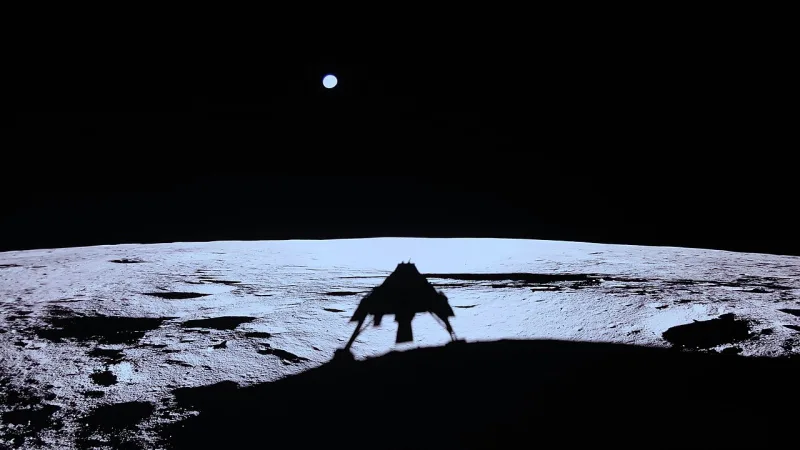A Black Hole So Vast, It Engulfs 30 Billion Suns
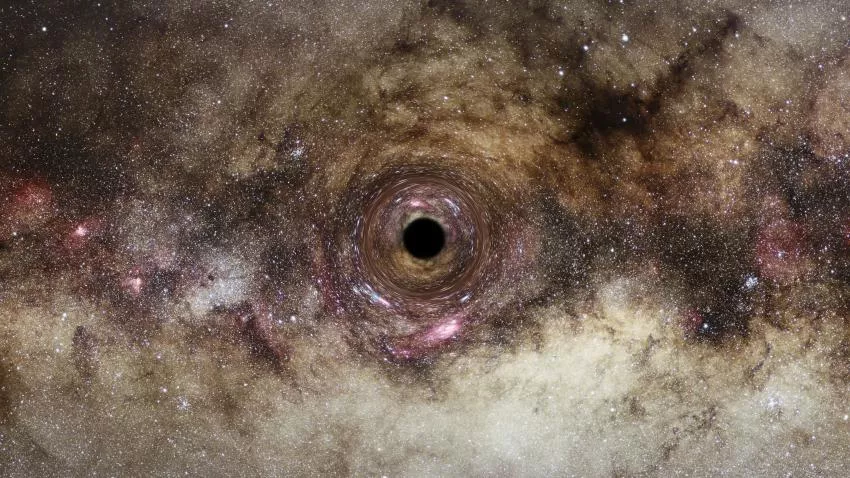
Galaxy cluster Abell 1201 hosts a colossal black hole, weighing in at 30 billion suns.
In a groundbreaking discovery that pushes the boundaries of our understanding of the cosmos, a team of astronomers has stumbled upon an extraordinary celestial marvel—an ultramassive black hole located millions of light-years away from our planet Earth. With a mind-boggling mass equivalent to a staggering 30 billion suns, this colossal cosmic beast dwarfs the typical supermassive black holes found in galaxies, which usually range from a few million to a few billion solar masses. The findings, published in the esteemed journal Monthly Notices of the Royal Astronomical Society, mark not only the revelation of an astronomical giant but also the first-ever detection of a black hole through the powerful lens of gravity.
Unraveling the Mystery with Gravitational Lensing
To unravel the secrets of this distant enigma, the team of astrophysicists employed the remarkable technique of gravitational lensing. This phenomenon occurs when the immense gravitational force exerted by a massive object bends light, acting as a cosmic magnifying glass that unveils hidden wonders too distant for conventional telescopes to perceive. Armed with the awe-inspiring capabilities of the Hubble Space Telescope, the scientists scrutinized images of the far-off galaxy and harnessed sophisticated computer modeling to simulate the behavior of light bending around the foreground galaxy that harbors the black hole. Through meticulous analysis, they tested thousands of black hole sizes, meticulously comparing them to the observed phenomena, until they arrived at a solution that perfectly matched the celestial marvel they had encountered.
A Record-Breaking Behemoth
Lead author of the study, James Nightingale, an astrophysicist from Durham University in the United Kingdom, expressed his excitement over this groundbreaking discovery. He remarked, “This particular black hole, which boasts a mass approximately 30 billion times that of our sun, stands as one of the largest ever detected, teetering on the upper limits of the theoretically conceivable size. Its sheer magnitude makes it an extraordinary find that propels our understanding of black holes to new heights.”
A Dormant Giant
Remarkably, despite its monumental size, this ultramassive black hole is dormant, emitting only faint traces of X-ray radiation. Unlike its voracious counterparts that devour copious amounts of matter, this celestial behemoth leads a relatively serene existence. Nightingale explained, “Most of the colossal black holes we are aware of reside in an active state, voraciously consuming matter and emitting powerful energy in the form of light, X-rays, and other radiation. However, the phenomenon of gravitational lensing allows us to delve into the realm of inactive black holes, a realm that was previously inaccessible when studying distant galaxies. This novel approach offers us the opportunity to detect numerous black holes beyond our immediate cosmic vicinity and, furthermore, unravel the mysteries of their evolution throughout cosmic history.”
Expanding Our Cosmic Horizons
This landmark discovery not only deepens our comprehension of the universe but also opens the door to a plethora of new possibilities in our quest to understand the enigmatic nature of black holes. By harnessing the remarkable capabilities of gravitational lensing, scientists are poised to detect and study countless more black holes scattered across the vast expanse of the cosmos. With each newfound celestial giant, we edge closer to unraveling the complexities of these enigmatic objects and gain invaluable insights into their evolution over cosmic eons.

